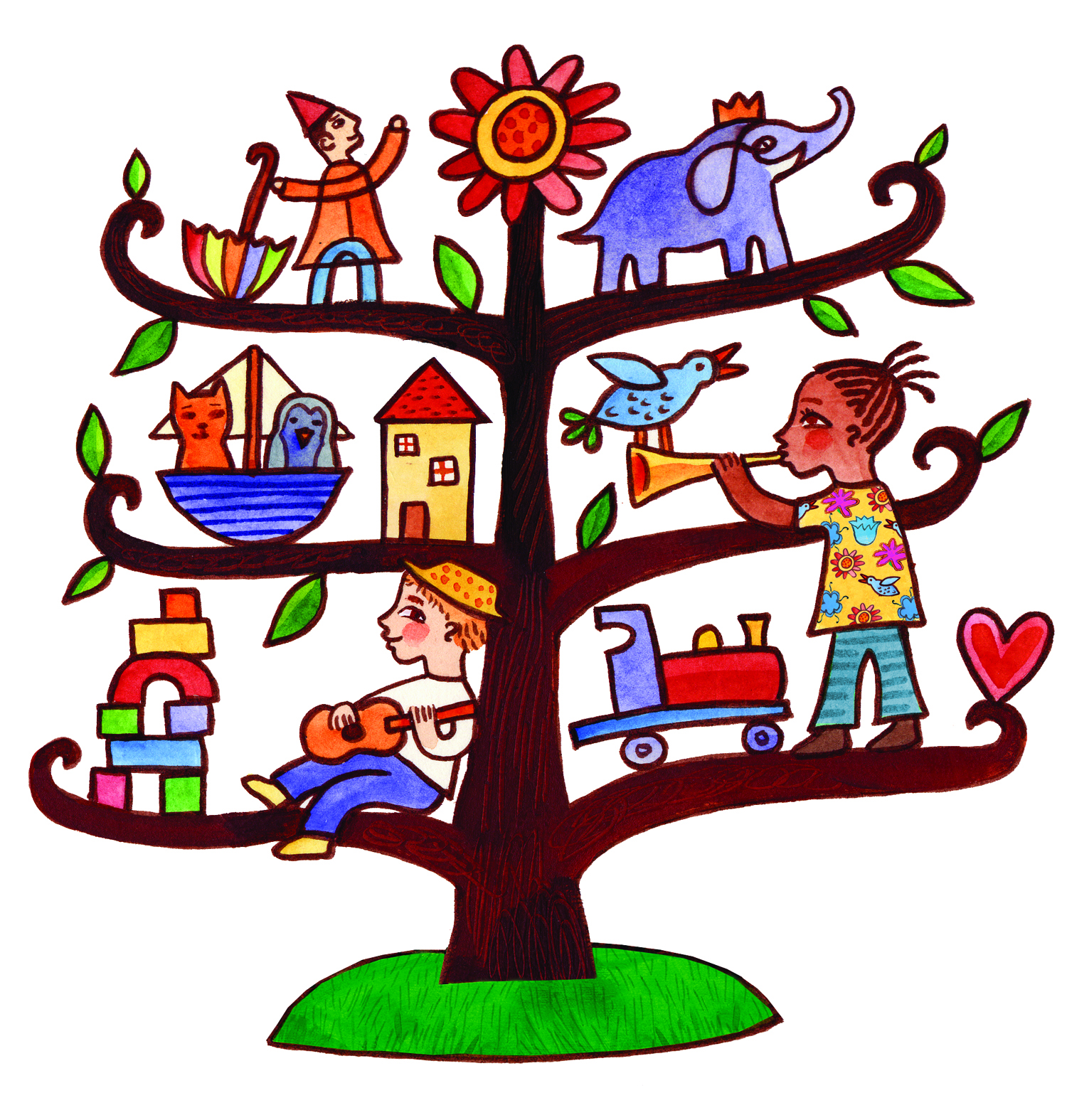Cultural awareness is an increasingly pivotal component of global society. As societies intertwine more than ever through globalization, it becomes essential to recognize and appreciate the diversity of cultures that coexist. One intriguing avenue through which this awareness can be fostered is through visual media, including cultural awareness image clip art. These images serve not just as decorative elements, but as powerful vehicles for conveying messages about cultural identities, heritage, and societal values.
Exploring cultural awareness image clip art reveals a fascinating phenomenon: the allure of visual representation in shaping perceptions of culture. Throughout history, visuals have played a role in communication, transcending linguistic barriers. Clip art representations of diverse cultural symbols, traditional attire, and communal practices provide snapshots that can evoke deeper meanings and understanding about various cultural backgrounds.
One of the primary attractions of cultural awareness image clip art is its ability to encapsulate complex narratives in a single image. For instance, a simple depiction of a traditional dance can evoke a plethora of associations—celebration, community, history, and identity. It invites viewers to contemplate the origins of this dance, the stories behind it, and the role it plays within a particular culture. This encapsulation points to a larger reason why such artwork is compelling: humans are inherently drawn to storytelling.
Furthermore, the cognitive psychology behind image processing suggests that visuals are absorbed more readily than text. The brain’s propensity to decode imagery efficiently allows for an immediate connection with the content, making cultural awareness images particularly effective in educational contexts. Such visual aids not only enhance learning but also encourage empathy and understanding. By depicting cultural practices and traditions, clip art becomes a gateway to discussions about respect, tolerance, and inclusivity.
However, the use of clip art in promoting cultural awareness is not unanimously embraced. Critics often raise concerns regarding the oversimplification of complex cultural elements into mere icons. This reductionist approach risks diluting the nuances that define cultural practices and beliefs. Therefore, it is crucial that creators of cultural awareness image clip art strive to achieve a balance between accessibility and authenticity. This entails collaborating with cultural representatives to ensure accurate representation and avoiding stereotypes that may perpetuate misunderstandings.
Moreover, the color palette used in these images often carries significance, as colors can symbolize different meanings across cultures. For example, red may signify luck in one culture while indicating danger in another. This rich tapestry of color choices further enriches the context of cultural awareness imagery. By carefully selecting colors that resonate with cultural heritage, artists can evoke emotions and foster connections that words might fail to convey.
Digital platforms have made cultural awareness image clip art widely accessible, allowing for a democratization of cultural representation. Nonprofits, educational institutions, and cultural organizations utilize these images to promote campaigns and initiatives aimed at fostering understanding among diverse populations. This proliferation of visuals contributes to a global dialogue surrounding cultural appreciation. It invites individuals to engage with cultural content beyond their immediate environment, and promotes cross-cultural exchanges in a predominantly interconnected world.
As one examines the use of cultural awareness image clip art, it is essential to consider the role of technology in shaping its evolution. The rise of social media platforms has transformed the landscape of how cultural themes are represented and shared. Users have the capacity to create, share, and repurpose images, leading to a vibrant tapestry of cultural discourse online. However, this also poses challenges, as misrepresentations and cultural appropriation can occur when individuals outside a culture utilize these cultural symbols without an understanding of their significance.
With this in mind, encouraging cultural literacy becomes imperative. Educational institutions play a crucial role in this process by integrating cultural studies into their curricula, accompanied by appropriate visual representations. By doing so, students are equipped with the knowledge to discern and analyze cultural expressions, ensuring a more comprehensive understanding of the intricate web of cultural interactions.
In conclusion, cultural awareness image clip art serves as a powerful medium for fostering appreciation and understanding of diverse cultures. Through visual storytelling, these images provide a unique perspective on cultural practices and heritage. However, to harness their potential effectively, it is essential to navigate the complexities of cultural representation with care and sensitivity. As society continues to evolve and become more globally interconnected, embracing the richness of cultural diversity through visual art remains vital in fostering a future rooted in respect and inclusivity.
